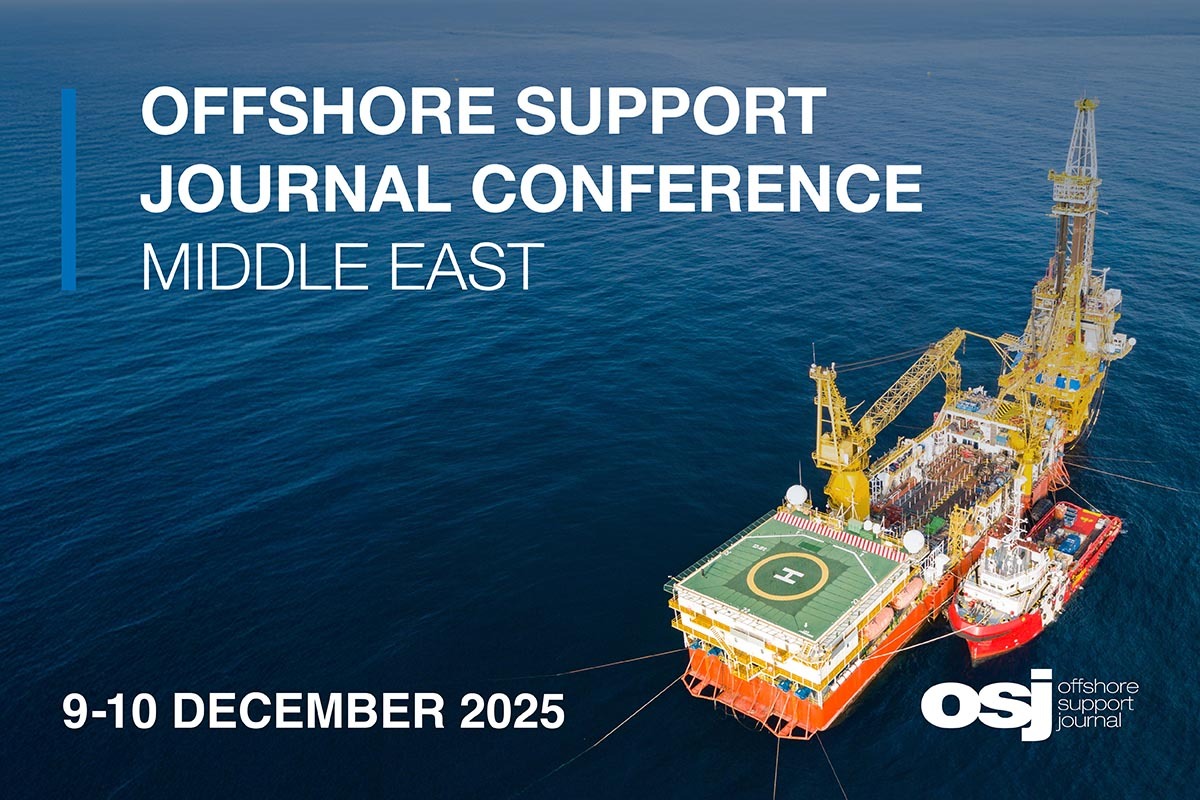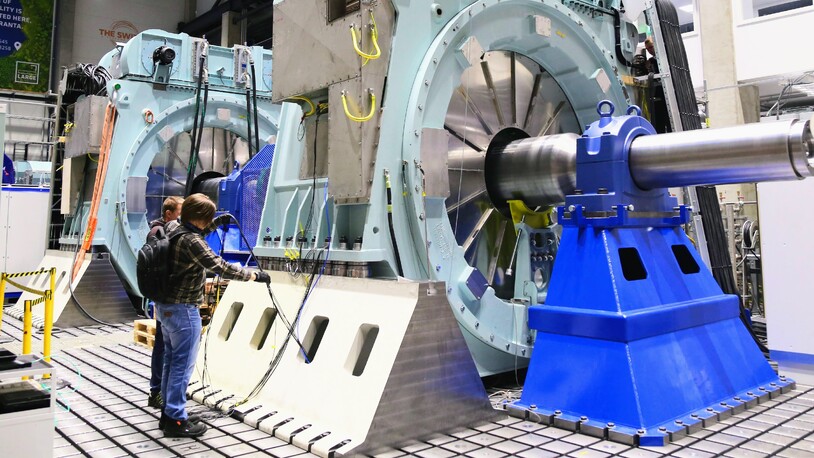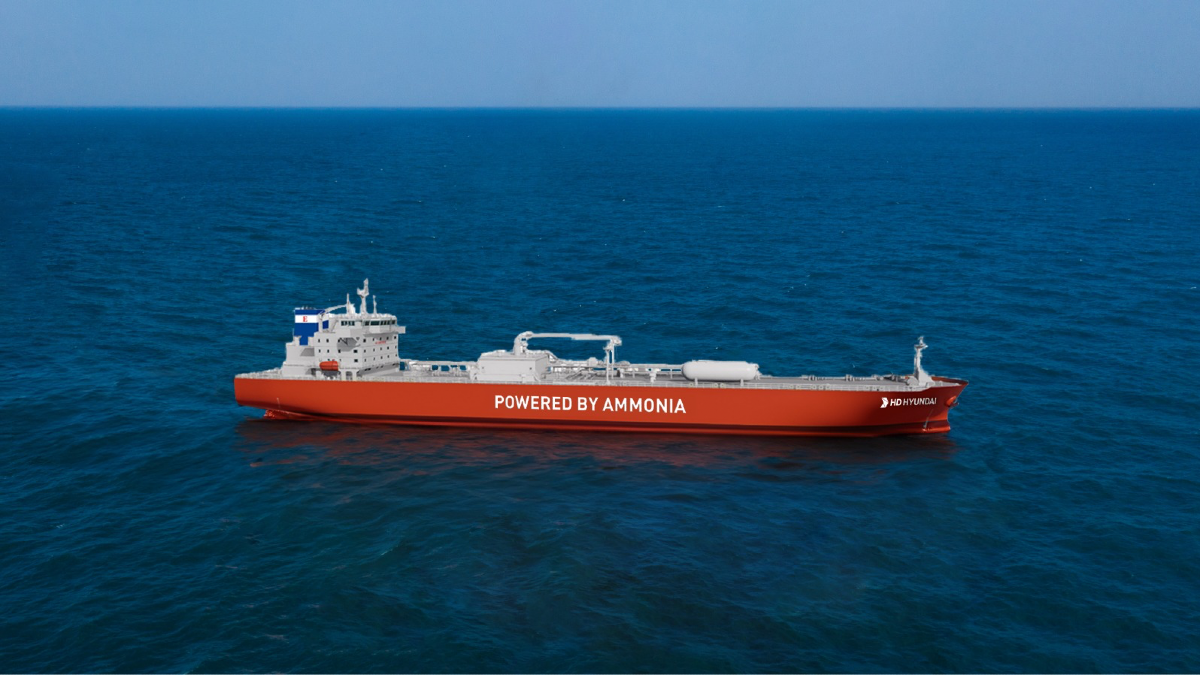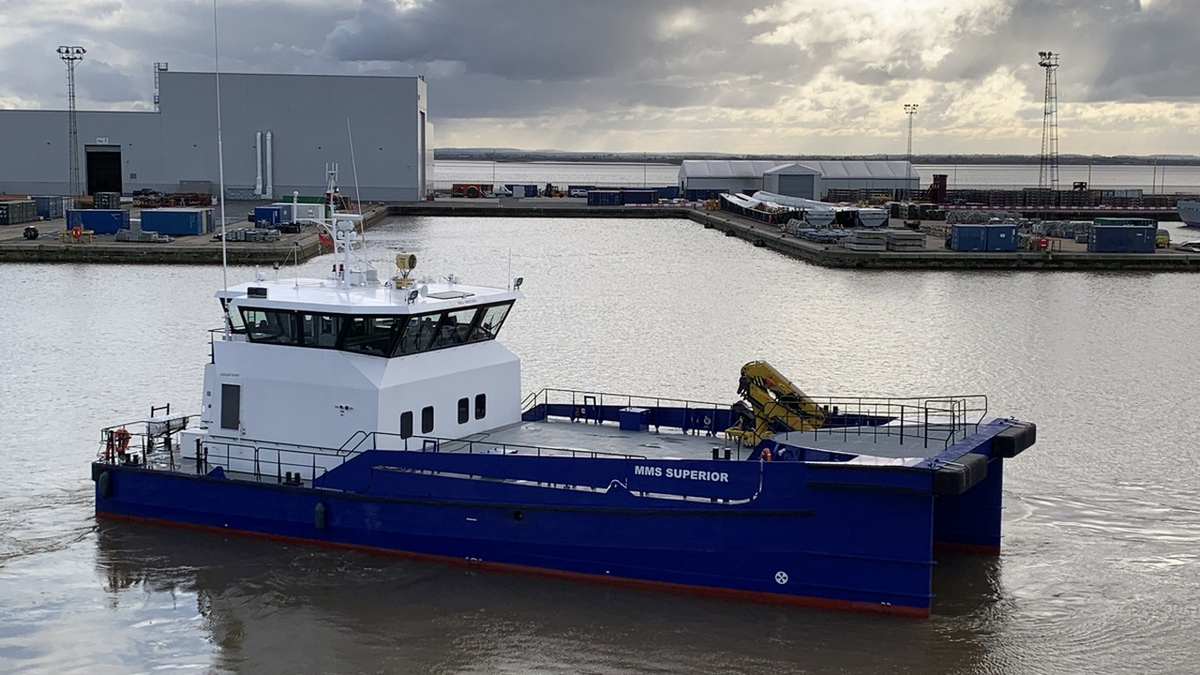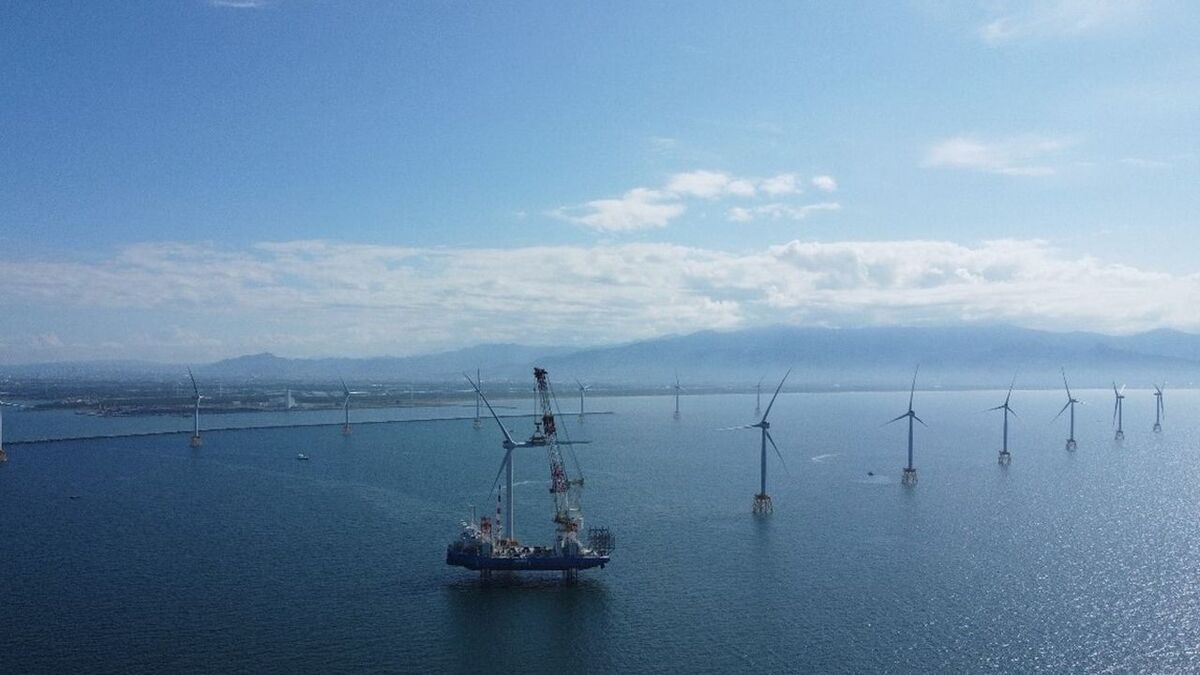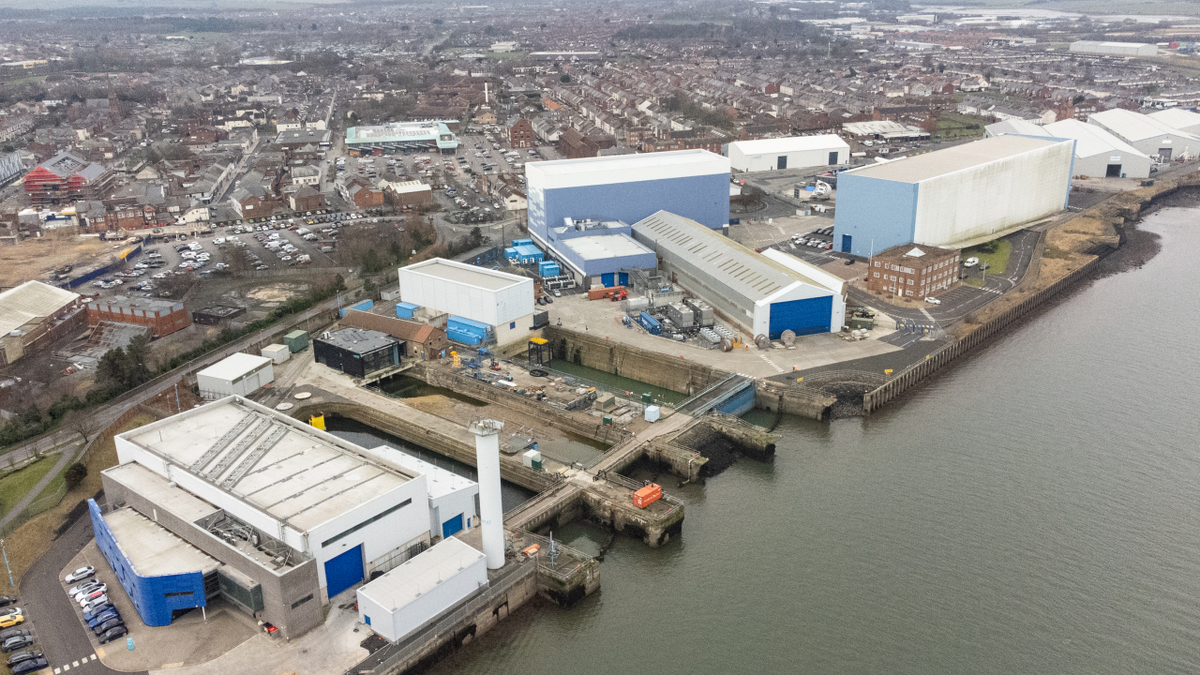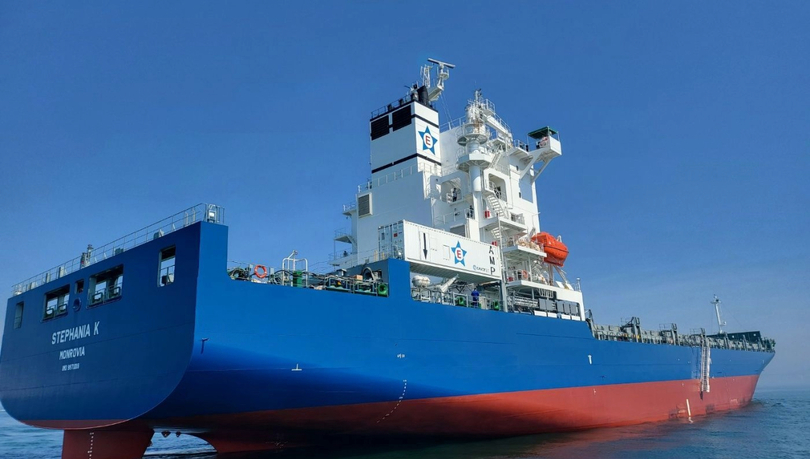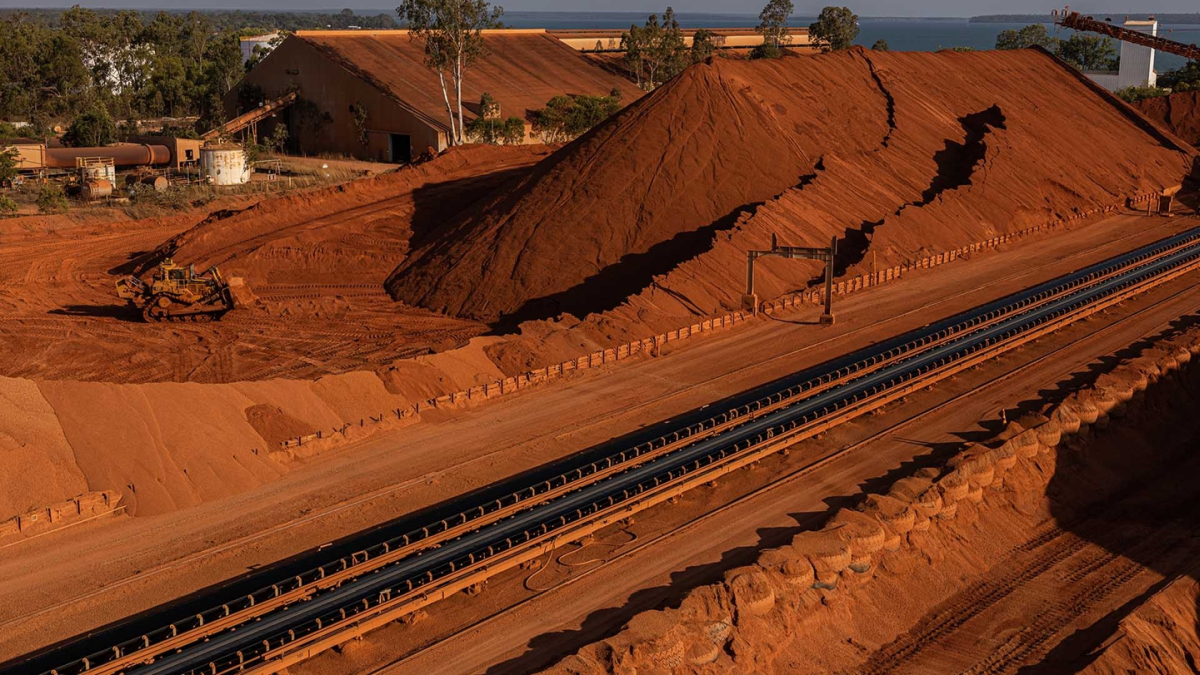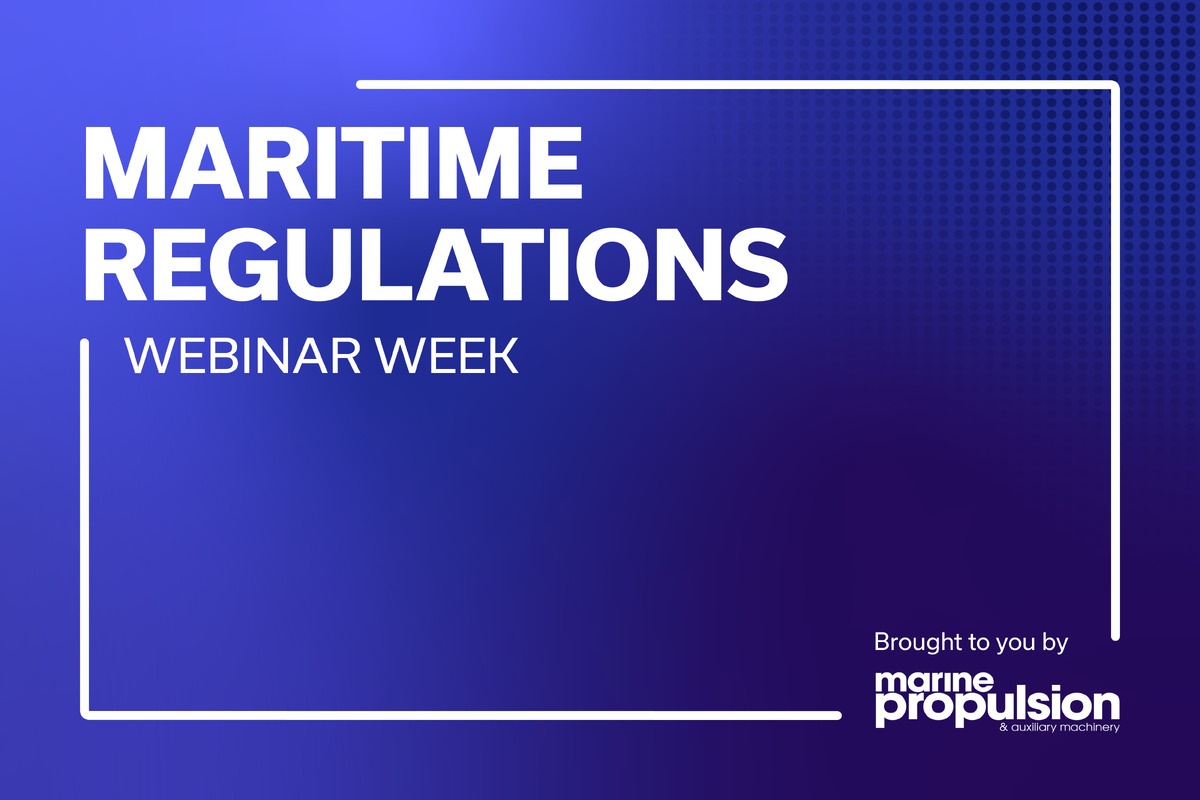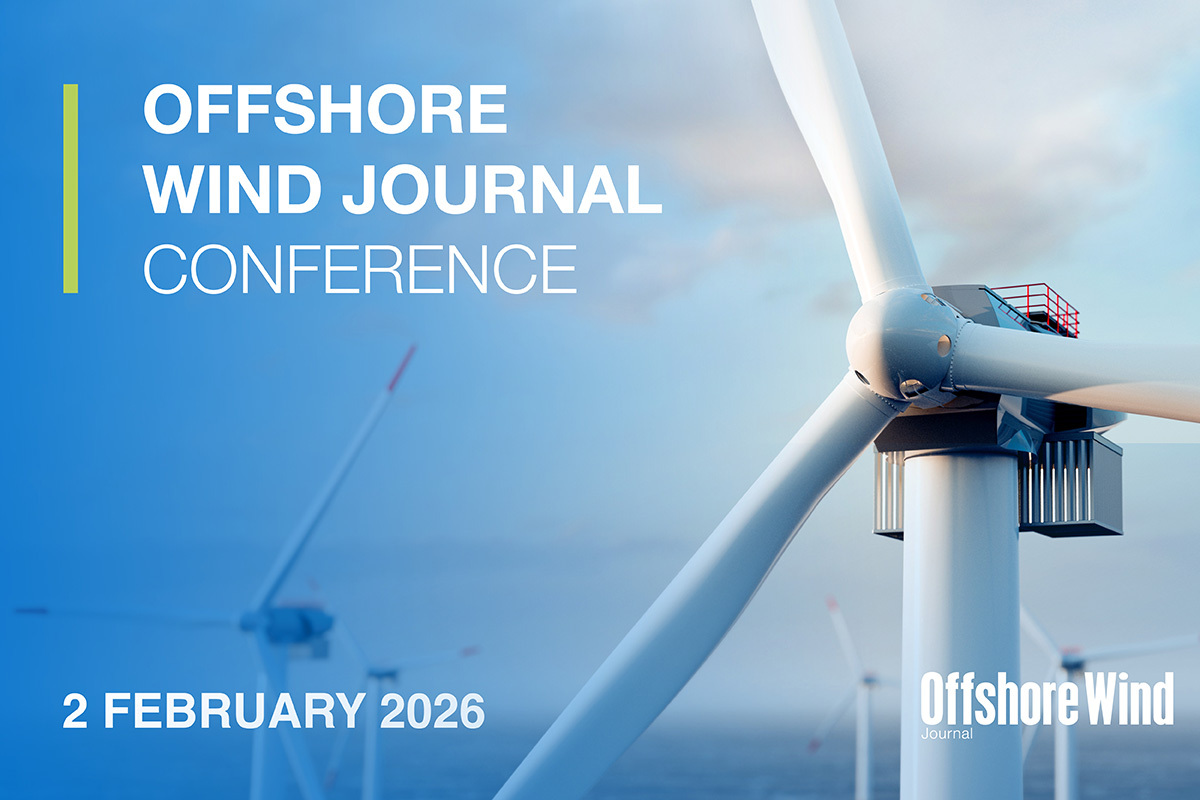Business Sectors
Events
Offshore Support Journal Conference, Middle East 2025
Contents
Oxford researchers say green ammonia could decarbonise 60% of shipping sector
With production costs similar to very low sulphur fuels (VLSFOs), green ammonia could be a viable decarbonisation option with availability at just 10 ports
The study, from academic journal Environmental Research: Infrastructure and Sustainability, has found that green ammonia could be used to fulfil the fuel demands of over 60% of global shipping by targeting just the top 10 regional fuel ports.
Researchers at the University of Oxford looked at the production costs of ammonia, which are similar to VLSFOs, and concluded the fuel could be a viable option to help decarbonise international shipping by 2050, in line with International Maritime Organization (IMO) goals.
"Around US$2Tn will be needed to transition to a green ammonia fuel supply chain by 2050, primarily to finance supply infrastructure. The study shows the greatest investment need is in Australia, to supply the Asian markets, with large production clusters also predicted in Chile (to supply South America), California (to supply Western US), North-West Africa (to meet European demand), and the southern Arabian Peninsula (to meet local demand and parts of south Asia)," a statement from the journal said.
With some 90% of the world’s goods transported by ships burning heavy fuel oil and emitting toxic pollutants, shipping accounts for nearly 3% of global greenhouse gas (GHG) emissions.
"Shipping is one of the most challenging sectors to decarbonise because of the need for fuel with high energy density and the difficulty of co-ordinating different groups to produce, utilise and finance alternative (green) fuel supplies,” University of Oxford Professor of Chemical Engineering in the Department of Engineering Science René Bañares-Alcántara said.
According to the researchers, green ammonia, made by electrolysing water with renewable electricity, was proposed as an alternative fuel source to quickly decarbonise the shipping industry. But the researchers had to grapple with ongoing uncertainty as to how and where to invest to create the necessary infrastructure to deliver an efficient, viable fuel supply chain.
To guide investors, the team at the University of Oxford developed a modelling framework to create viable scenarios for how to establish a global green ammonia fuel supply chain. The framework combines a fuel demand model, future trade scenarios and a spatial optimisation model for green ammonia production, storage, and transport, to find the best locations to meet future demand for shipping fuel.
“The implications of this work are striking. Under the proposed model, current dependence upon oil-producing nations would be replaced by a more regionalised industry; green ammonia will be produced near the equator in countries with abundant land and high solar potential, then transported to regional centres of shipping fuel demand,” Professor Bañares-Alcántara said.
Two 46,000-m3, ammonia dual-fuel gas carriers ordered by a joint venture between EXMAR and Seapeak will be among the first ships capable of operating on zero-carbon fuel when they are delivered in 2026.
Announcement of the vessels, ordered in October 2023, folllowed a landmark report from the International Energy Agency (IEA) that said ammonia, not methanol, will be the primary fuel pathway for shipping to meet its decarbonisation targets.
IEA’s 2023 Net Zero Roadmap outlines the steps necessary to achieve the 1.5°C climate goal. The report suggests ammonia must emerge as the key shipping fuel if the industry is to reach net-zero emissions by 2050.
Riviera Maritime Media’s Maritime Decarbonisation Conference, Asia 2024 will be held in Singapore, 4-5 March 2024, click here for more information on this industry-leading event
Related to this Story
Events
Offshore Support Journal Conference, Middle East 2025
Maritime Regulations Webinar Week
Maritime Decarbonization Conference, Americas 2026
Offshore Wind Journal Conference 2026
© 2024 Riviera Maritime Media Ltd.
